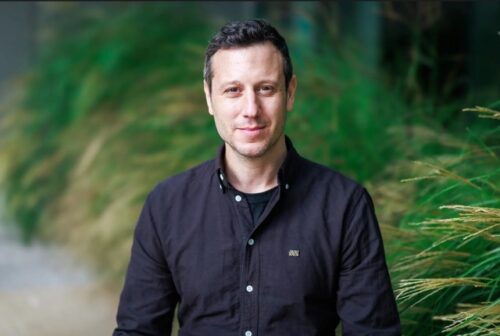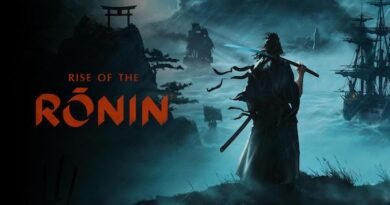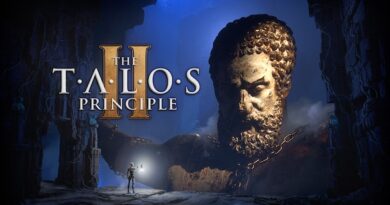Interview: Rob Davis – Ghost of Yotei, Campaign Director.
Rob Davis is a campaign director at Sucker Punch Productions, the game studio behind Ghost of Tsushima and inFamous. With more than a decade of experience in AAA game development, Rob has specialised in building immersive campaigns that blend cinematic storytelling, expansive world-building, and player-driven design.
At Sucker Punch, Rob has played a key role in shaping Ghost of Yōtei, overseeing mission and open-world gameplay, combat and navigation encounters, and the narrative moments that bring protagonist Atsu’s journey to life.
Prior to joining Sucker Punch, Rob worked at Santa Monica Studio on some of PlayStation’s most acclaimed titles, including God of War and God of War Ragnarök, where he was a Lead Level Designer.
He spoke to Gerard Campbell while he was in Auckland, New Zealand, about building Ghost of Yotei’s world and the pressure of the dreaded “second album”.
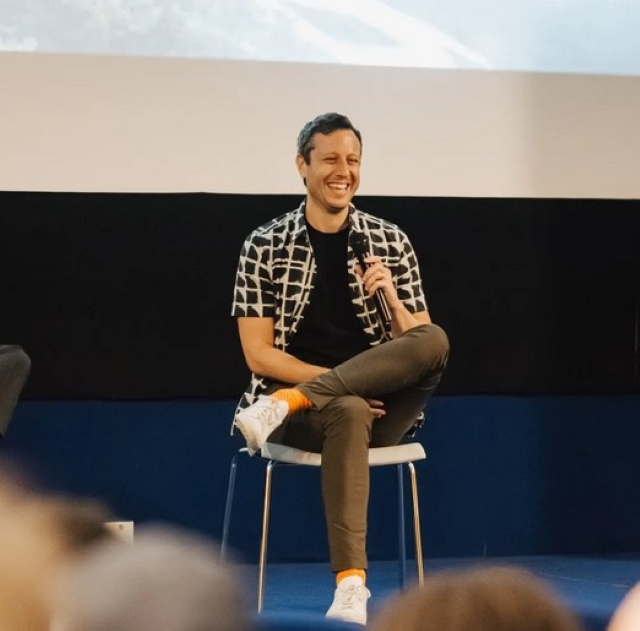
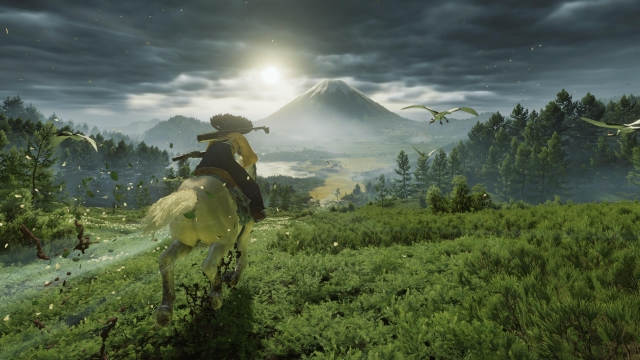
Hi, Rob. Firstly thanks for taking the time to talk to me. I understand you’ve got a pretty busy schedule here then are heading to Australia tomorrow for PAX Aus. So, tell me a little bit about how your career in the games industry started?
I started in Australia, up in Brisbane. I was 21 and because I had the art and animation skills, I joined a studio in Brisbane and they said I could design the levels, the environments for the games. You probably remember where films were being made in Australia, like The Matrix and Star Wars, and a friend of my mother was an animation producer, and she worked with Yoram Gross (a Polish-born, Australian film and television producer) back in the day, so she inspired me to learn how to make these 3D environments.
Her close friend was working on the Star Wars films in Australia, if you can believe it, and she was an operatic set designer for the Australian Opera, but ILM and Lucas told her you need to learn the 3D programs – she was in her 40s. She went off and did this course in Sydney. And there’s me, 18, 19 years old and she said “You should think about doing this, mate. You can actually learn this. I’ve heard from this class that I did, that Lucas made me take, that they’re using it (the program) for video games. People are making 3D environments and 3D characters and animating things and bringing them to life. Of course, you know, my jaw drops on the floor. My parents said I could go to art school on weekends but I had to finish uni during the week, which was a good deal, and here I am now.
So, OK, so we’ll talk about Ghost of Yotei. I played Tsushima and absolutely love it, and I’m making my way through Yotei – it sounds like it’s doing amazingly well – but I guess there is always some sort of trepidation before a game comes out on how it’s going to be received after the impact Tsushima had. I guess it’s like the second record, isn’t it? You know, how are you going to follow up something that’s been so well received? What sort of pressure is it on the team?
I think our team couldn’t have been more happy with how Ghost of Tsushima was received and what you’ve said is spot on: The pressure was real and we really wanted to do right by our fans. Of course, Ghost of Tsushima is like a samurai epic brought to life and Ghost of Yotei is about a wandering, vengeful mercenary on the hunt for the Yotei Six. So we knew we had this inspiring idea from films like Yojimbo, even the Lone Wolf and Cub series, where tricky wanderers and sellswords are a great fantasy for a samurai-inspired cinema world. But as you’re saying, the pressure was absolutely on to deliver for our fans of Ghost of Tsushima, and the reception has been incredibly heartwarming for our team to know that Jin and Atsu now stand side by side in players’ hearts.
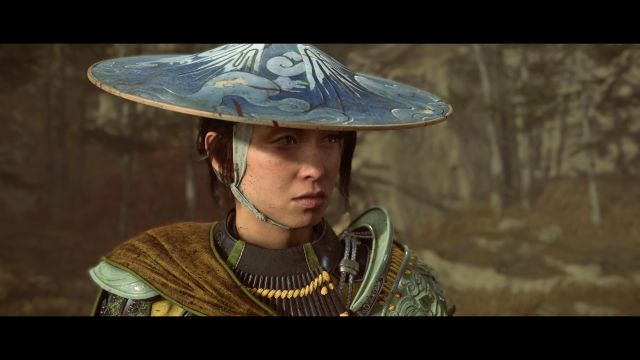
I always judge a game as one that I can’t put it down, you know, or I am kind of thinking about it while I’m not playing it – and it’s like this with Yotei. I’ve had friends who have said it’s very easy to get sidetracked off the main mission, right? You know, you’ll find a storyteller, or you’ll follow the golden bird or you do whatever. I’m also reading that people are 15 hours in and they’ve only dealt with the Snake (the first of the Yotei Six) because they’re getting sidetracked on all of these things. It’s obviously a huge process to sort of create that living world, isn’t it, so was it something really key that you decided that you wanted to have with all these moments that get people to just explore the world?
We had a goal on the game to make the side quests, all the exploration and discovery, feel like the player was a true wander, right? And over the course of the project, we realised that our technology and our skills from Tsushima allowed us to make things faster and more handcrafted than we maybe could have possibly expected. And seeing players respond to that is, of course, fabulous.
We also partnered with our writers. We had some new writers join the team on this project and we set up this little partnership between the designers and the writers to make sure everything had a sense of storytelling and lore and world building.
If it was in the game, we always tried to ask ourselves, why is this here? Why does Atsu care about it? How does it contribute to the tale of the oni or the tale of the kitsune? How does it feed into the greater conflict? How does it promote a theme with Atsu that makes you learn a little bit more about her, not just her as a sellsword or as a mercenary, but as a human? And that is something that has been really wonderful to see in the reception of the game. Because our team put a lot of effort into making sure everything felt thought out and handcrafted.
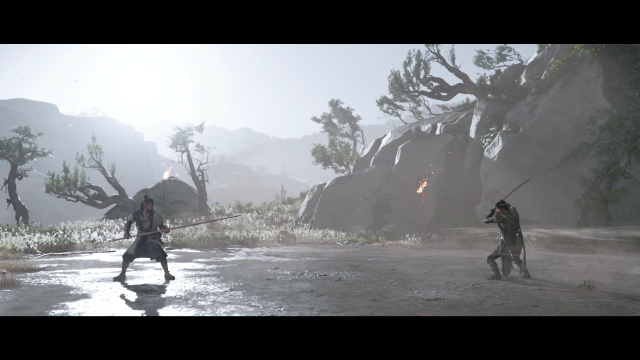
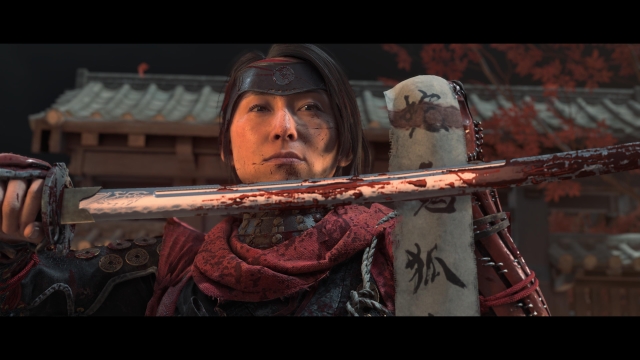
So when the team sat down, when you sat down, to do this sequel, what was the first thing on your mind? Obviously you looked at Tsushima and probably thought, “Well, this worked well, this didn’t work so well.” What was the biggest change that you wanted to implement in Yotei?
Certainly the exploration was a huge part of it. Making exploration feel more discoverable, rewarding, exciting, right? And making sure that nothing overstayed its welcome. That was huge for us. And then Atsu as a protagonist was a very exciting proposition because we love origin stories at Sucker Punch. The opportunity to tell a story that seems so simple at first – take on the Yotei 6 – is terrific because it gets you into the adventure right away, but it created this really strong canvas for us to then show all the emotional twists and turns and the human cost of revenge and how much it can impact you, Atsu, at a more human level. And I won’t get into spoilers, of course, but sometimes those simple stories make for really complex characters.
Jin (Sakai) was a strong character in Ghost of Tsushima but was it a hard decision to not move forward with him in the sequel?
For me at least, I loved Atsu right from the jump, and seeing Erika’s performance come to life over the course of the project has been one of the great pleasures of being part of Team Yotei and Team Sucker Punch. We always knew Atsu should be confident – she’s there to get in there and be pretty ruthless as she’s on the hunt for the Yotei 6 – but we knew she had to be charming as well.
Erika brought a heartwarming human tone to Atsu that really inspired us to create the content for the game and the missions for the game, highlighting her style of performance and the type of character that Atsu became. So watching Atsu evolve and grow up live, as I play the game in front of me, has been a real pleasure….
“…but the concept of a wandering mercenary was exciting from the jump.“
Because we love films like Yojimbo, I always loved the Lone Wolf and Cub series, and even anime like Rurouni Kenshin I find to be really terrific, we started creating concepts like bounties that Atsu could go on, which people are really loving. And we started looking a lot into the villains, as well. How can each one of them highlight a different part of her personality and part of her personal growth.
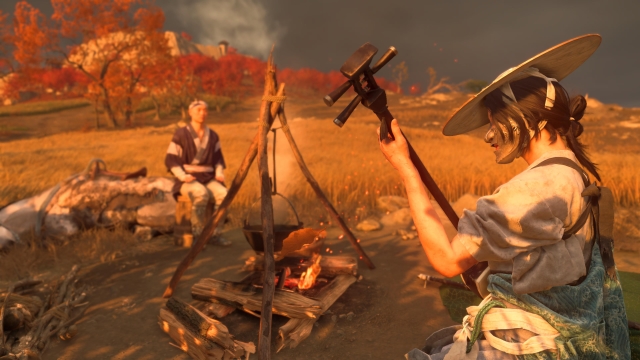
You mentioned before about how the technology that you now had made things easier. Tsushima came out on PlayStation 4. Of course, now you’ve got the PS5 so how did that extra power and the capabilities of this console help create a bigger and more immersive game world, I suppose, and, of course, everything else that goes with that.
Yeah, I mean let’s take a step back from technology. What’s the player’s emotion that we’re trying to evoke? The PS5 has been fabulous for us, of course, because we can do bigger side quests, ray tracing, all kinds of haptics on the controller, which make you feel even more immersed in the world.
We went to Japan in 2022 to see and touch and feel Hokkaido (which is Ezo in the game) and when the wind whips against your skin and brings tears to your eyes with its strength, and when you stand on the cliff edges looking out over the edge, it feels like you’re at the top of the world, right?
And then you go through these fields and they look practically endless, well, how can we capture that feeling in the game? How can we simulate this natural world and make it feel like the Hokkaido fields have been genuinely brought to life? How can we make it feel like the wind is bringing goosebumps up on your skin? And that experience we had in Hokkaido was human. We felt it, and touched it, and it was more than you see in a YouTube video or in the photos. We were incredibly thrilled to have our producer be able to take us over there.
I’ve read that a lot of Japanese gamers are really praising Ghost of Yotei for capturing that feeling of Hokkaido, capturing the feel of Japan, right? And that must be an amazing feeling for the team to know that here’s this virtual world but you’ve actually captured it so perfectly, I guess.
Thank you so much. It’s wonderful because those natural forms in Hokkaido are not necessarily the most intuitive ways to design a game. Big open fields are big and open. Snowy tundras are full of fog and visibility issues, but we held really firm on trying to honor those emotions we felt in the natural world of Hokkaido and leaning into the designs.
“…from a distance this field looks almost like a postcard, but how can we inspire you to go investigate over there?“
And thanks to a lot of iteration and creativity, players are telling us even though the canvas of this world is very open and in some ways cowboy-like they’re finding the world to be full of secrets, rich ideas, dense opportunities for exploration – and that’s been a little bit of a magic trick on this game to say, okay, from a distance this field looks almost like a postcard but how can we inspire you to go investigate over there? How can we give you a little crack in a wall then there’s more to it than meets the eye. It started from that place of wanting to honor the feelings we had in Hokkaido, even if it was a little bit challenging.
I want to go back to something you just said: You said “very cowboy-like” and this is what I thought, especially in some of the duels or, you know, the one-on-one fights with enemies. The music at that moment has a very Western movie kind of soundtrack to it. So that was obviously another conscious decision as well to sort of, yeah, hark back to those Western movies?
Isn’t the soundtrack fabulous in this game? It is, yes.
Tomo Otawa was the composer of this game, and I’ve told few people this, but I’ll tell you anyway, every few weeks at Sucker Punch, every six weeks I think it is, we’re meant to do a team presentation where we all show off, you know, our respective department’s work. We’re meant to show some good stuff [we’re working on], some challenges. We’re meant to have some inspirational material, some curveballs that we might be experiencing down the road, and my cheat code on this game was I used Tomo’s soundtrack every time I did one of these team presentations. And so people have been telling me, oh, these presentations are terrific. And I don’t have the heart to tell them it’s 90 percent the soundtrack. It’s not me.
But it is amazing because the soundtrack has, even though it’s in the background sometimes, it has an amazing impact on setting that scene, right? So that’s, yeah, I was really impressed. We’ve also brought back the Kurosawa mode, and the Wanabe mode, and we are blessed to have the support and the blessing of the filmmakers estates themselves.
So for those modes, it’s about capturing the energy and the style of the filmmakers, and while I’m not super involved in that part of the game personally, but I’m thrilled with how they’ve come together. And of course, you know, we are very honored to have the blessing of the Kurosawa estate in the game.
What are you most proud of?
I love the bounties in the game, because every one is different. We added little posters to the bounties and each one has a different face on it, almost like a deck of cards. And when we added that to the game, people felt like each one had its own personality and its own style, but it also makes you feel like a wandering mercenary. So I think they’re a really terrific addition to the game. Not only do you get to feel like a wandering mercenary, but you get a little bit of insight into the personality of the target as well.
Ghost of Tsushima did really well, so are you surprised that Yotei is also doing well? Or was there always some kind of trepidation there thinking, “How’s it actually going to be received?” Especially because, you know, certain demographics of gamers can be very critical over ridiculous things, right?
It’s never not nerve wracking when you launch a giant PlayStation game and honoring our fans. I can confirm I was nervously reloading Metacritic when I was in Sydney and the internet is a little spotty in the house. So, it [Metacritic] reloaded for my mum at little bit before it reloaded for me, and across the hall I could hear her go “YEAH!”, so that was a really nice family moment to share. When we saw how much people loved the game, it’s a faithful and inspiring follow up to Ghost of Tsushima. That was really the best part, seeing that our Tsushima fans loved it. I think it’s like you said earlier, I think that, you know, it takes a special game to capture people’s interest.
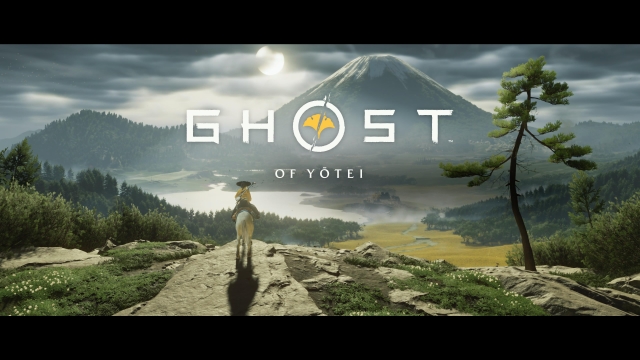
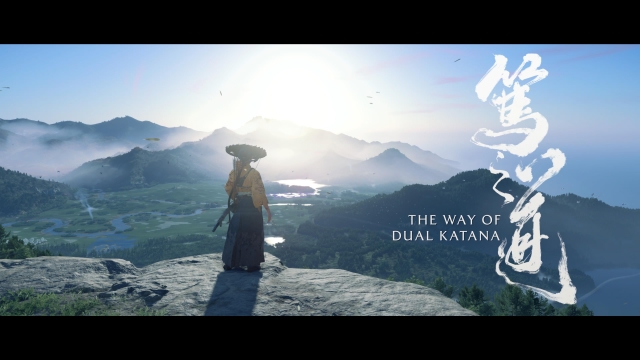
From my reading online, people are just loving the fact that, they’re going for a main mission marker or a main quest marker, but suddenly, they see smoke in the distance or a lone tree on a rocky outcrop, so off they go to check it out. For me, I think it was the mission Undying Samurai that came from the storyteller, I think, that was amazing but so very, very emotive. Even the relationship between Atsu and Jubei is very emotional, giving Yotei, I think, more emotional connection that Tsushima did. I think you’ve really upped the storytelling on this one as well.
We had some fabulous writers join the team for this project, and after COVID we were actually able to set up our processes and pipelines for some people to work in office if they wanted and to be able to work with writers and designers from different regions. I would have never imagined, you know, working with people who I’ve been fans of personally, from Mass Effect and from Watch Dogs and Far Cry, and with writers from games that I love. And the world is just becoming so much more connected. And because we’ve been able to hire a little bit more internationally and find just the right people for our team and just the right people for Atsu, the world is more connected and it afforded us the opportunity to work with some really special talent.
Thanks for your time, Rob.
A great big thankyou to our friends at Playstation for the opportunity for Gerard to chat with Rob. Keep an eye on KC for our upcoming Ghost of Yotei review.


